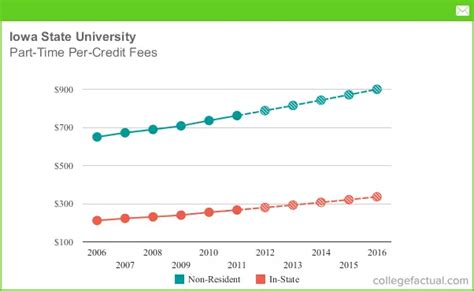Pursuing an education at a prestigious university like the University of Iowa can be an enriching experience, but the associated costs, particularly for out-of-state students, can be astronomical. This article delves into the ins and outs of U of Iowa’s out-of-state tuition, including its composition, variations, and financial assistance options.

The Breakdown of Out-of-State Tuition
Undergraduate Tuition
As of Fall 2023, the annual out-of-state undergraduate tuition at the U of Iowa stands at $34,170. This figure encompasses tuition, fees, and a technology fee.
Graduate Tuition
The university’s graduate tuition rates vary greatly depending on the program and level of study. In general, graduate tuition for non-Iowa residents is higher than undergraduate tuition. For example, the tuition for a Master of Business Administration (MBA) program is approximately $48,000 per year for out-of-state students.
Other Costs
In addition to tuition, out-of-state students may need to budget for other expenses, such as:
- Housing: $7,200 – $12,000 per year
- Meals: $3,000 – $5,000 per year
- Transportation: $1,500 – $2,500 per year
- Books and supplies: $1,000 – $2,000 per year
Variations in Out-of-State Tuition
Reciprocity Agreements
The U of Iowa has reciprocity agreements with four neighboring states: Illinois, Minnesota, Missouri, and Nebraska. Students from these states may be eligible for reduced out-of-state tuition rates.
Merit Scholarships
The university offers merit scholarships to high-achieving students, regardless of residency status. These scholarships can significantly reduce the cost of tuition, making the U of Iowa more affordable for out-of-state students.
Financial Assistance Options
Financial Aid
The U of Iowa provides financial aid to students who demonstrate financial need. This aid can take the form of grants, scholarships, and loans.
Work-Study
Students can also apply for work-study positions on campus. These positions allow students to earn money while attending school.
Common Mistakes to Avoid
Assuming In-State Residency Too Soon
Students should avoid establishing Iowa residency too hastily. Non-Iowa residents who move to the state solely to attend school will likely not be considered in-state residents for tuition purposes.
Ignoring Scholarship Deadlines
Scholarship applications typically have strict deadlines. Students should be aware of these deadlines and submit their applications on time.
Overestimating Financial Aid
Students should be realistic about the amount of financial aid they can receive. Not all students will qualify for large grants or scholarships.
FAQs
1. How much is out-of-state tuition at the U of Iowa?
For undergraduate students, the annual out-of-state tuition is $34,170.
2. Are there any ways to reduce the cost of out-of-state tuition?
Yes, students can qualify for reciprocity agreements, merit scholarships, and financial aid.
3. What is the deadline to apply for financial aid?
The FAFSA application for the 2023-2024 school year opened on October 1, 2022, and the deadline is June 30, 2024.
4. Can I establish Iowa residency after moving to the state?
Yes, but you must meet specific requirements, such as living in Iowa for at least one year before enrolling in college.
5. What is the average cost of on-campus housing at the U of Iowa?
The average cost of on-campus housing is $7,200 – $12,000 per year.
6. How can I apply for work-study?
Students can apply for work-study positions through the Office of Student Financial Aid.
Conclusion
Attending the University of Iowa as an out-of-state student can be an expensive endeavor, but with careful planning and research, it is possible to make the cost more manageable. By understanding the breakdown of tuition, exploring financial assistance options, and avoiding common mistakes, students can make informed decisions about their education and ensure that the cost of their dream school does not become an insurmountable obstacle.
